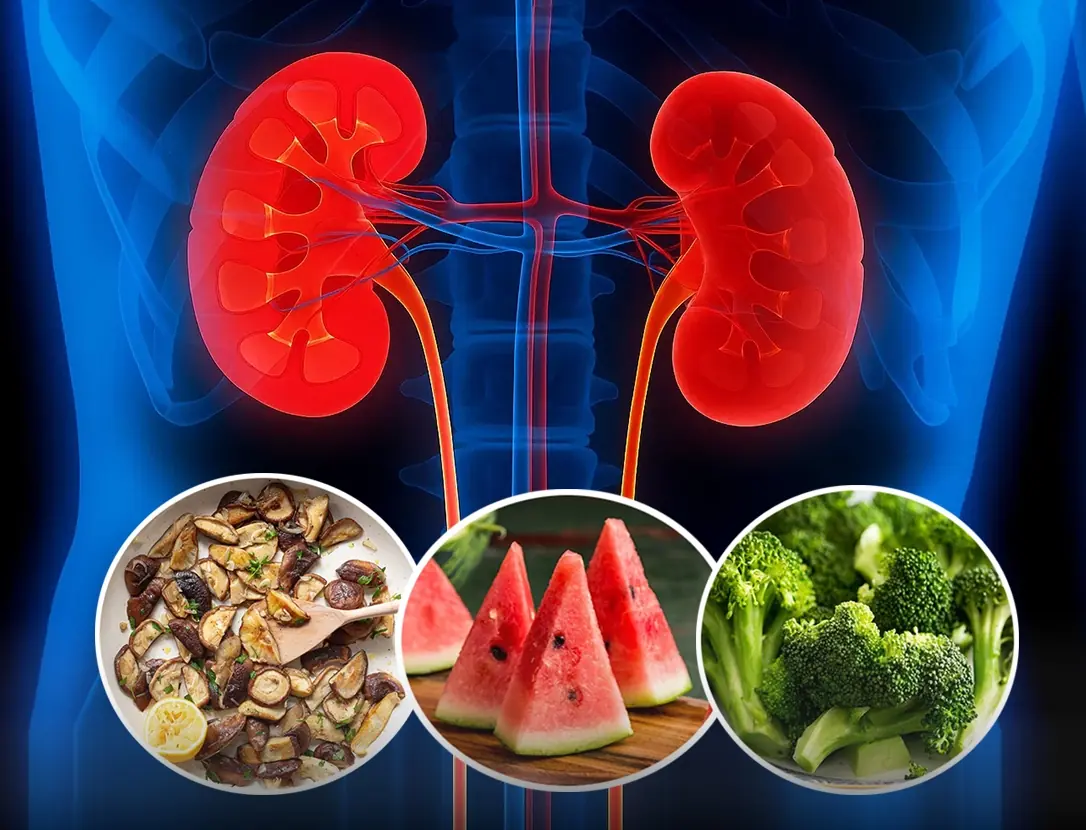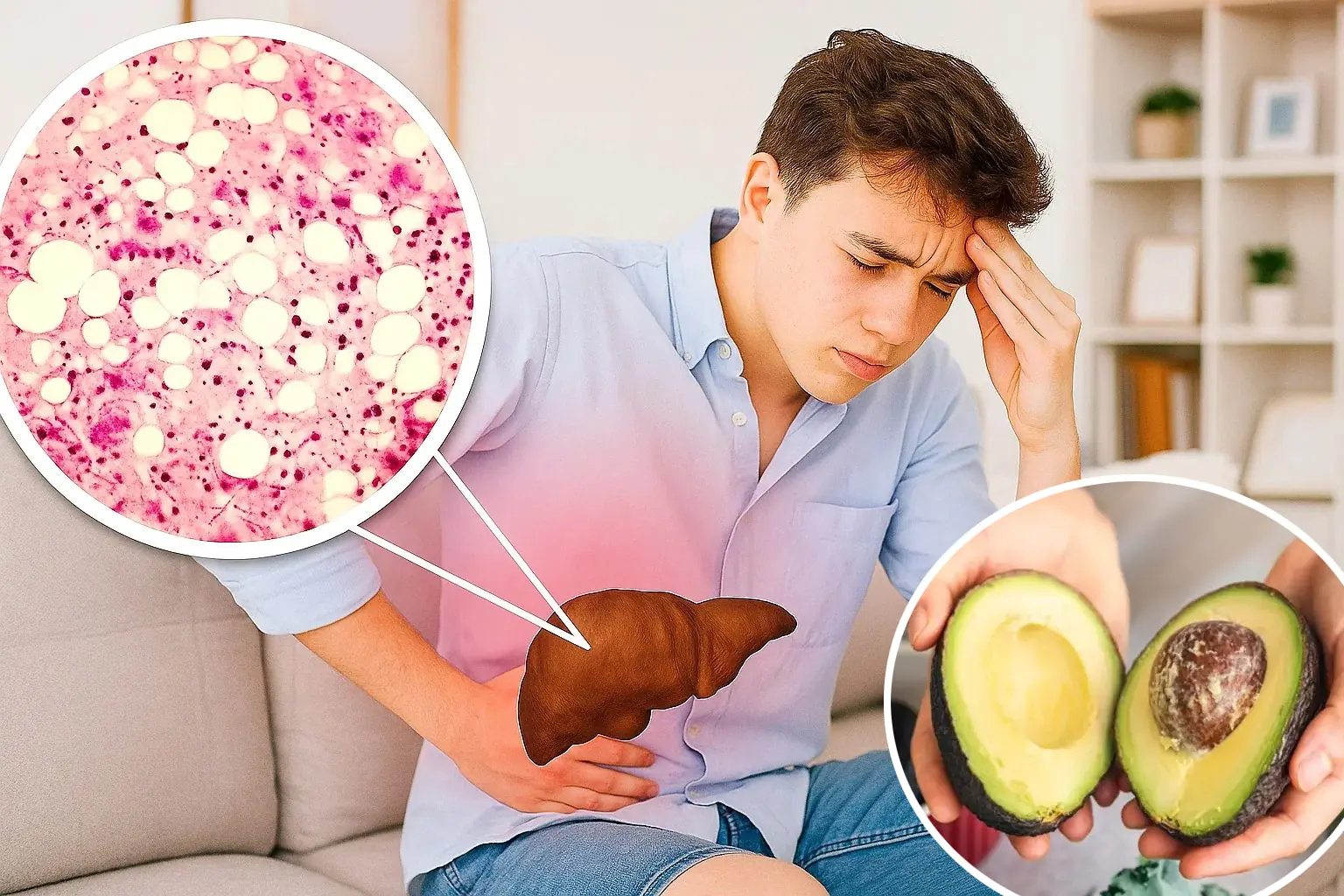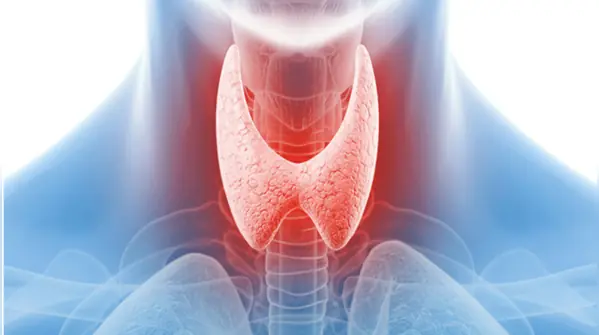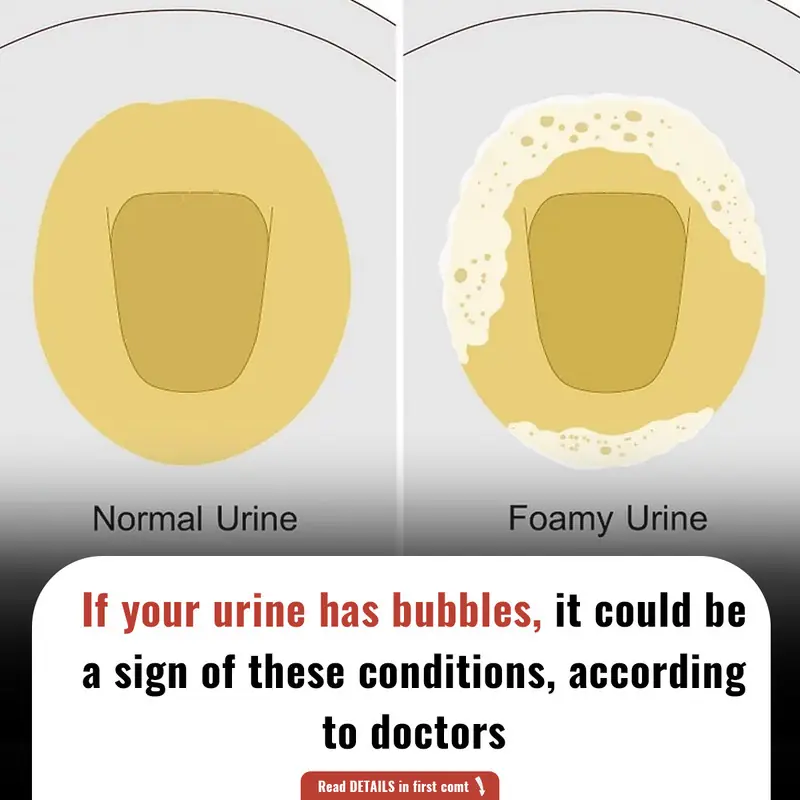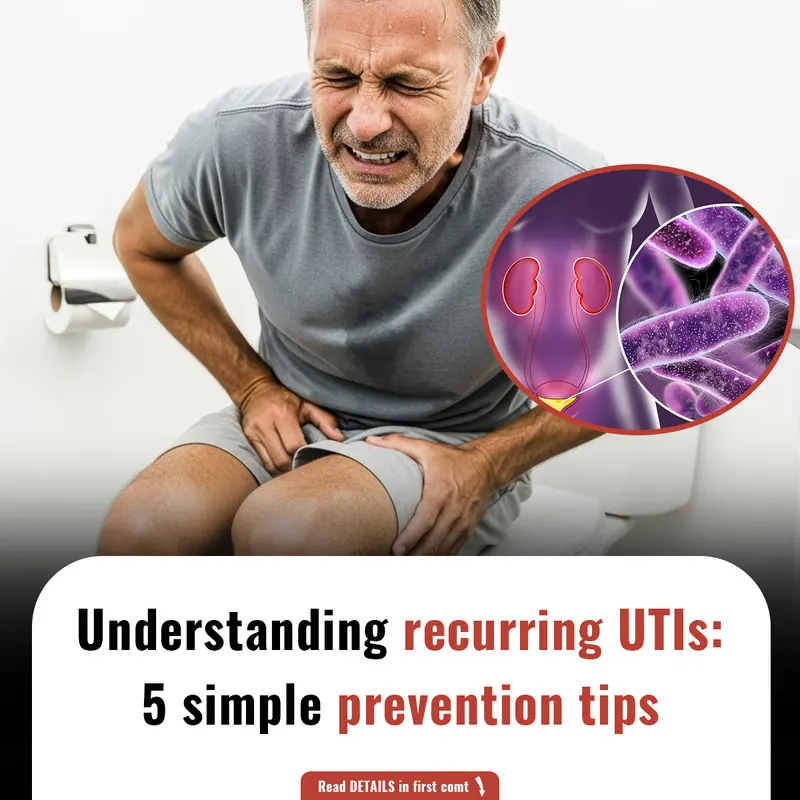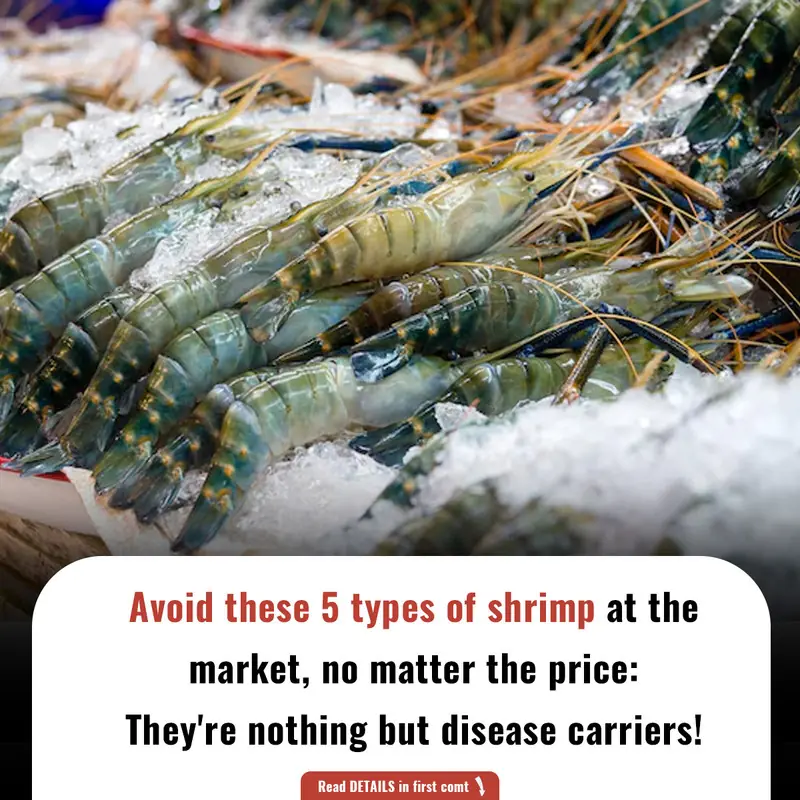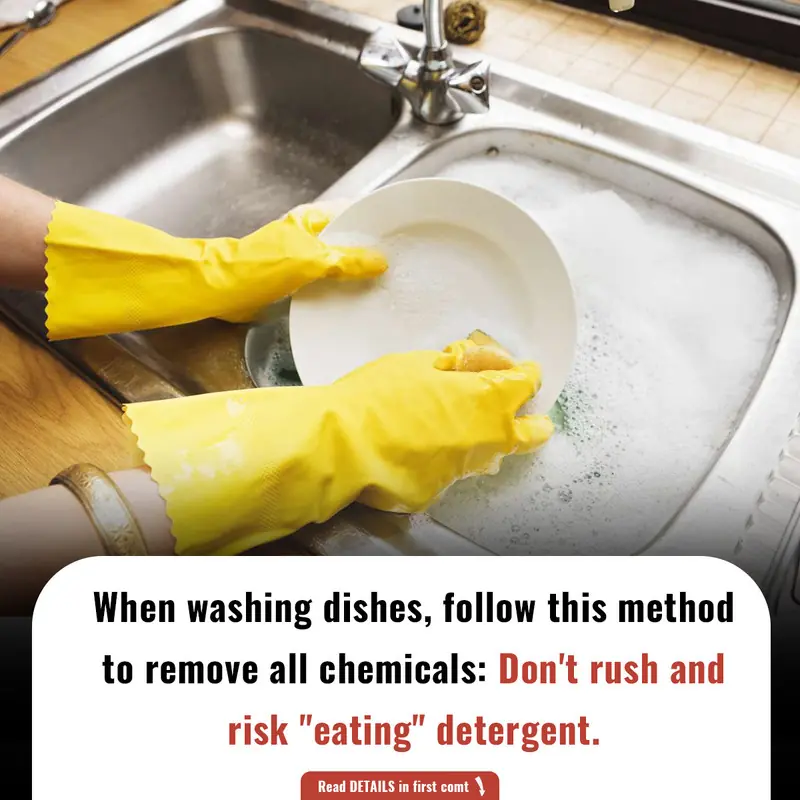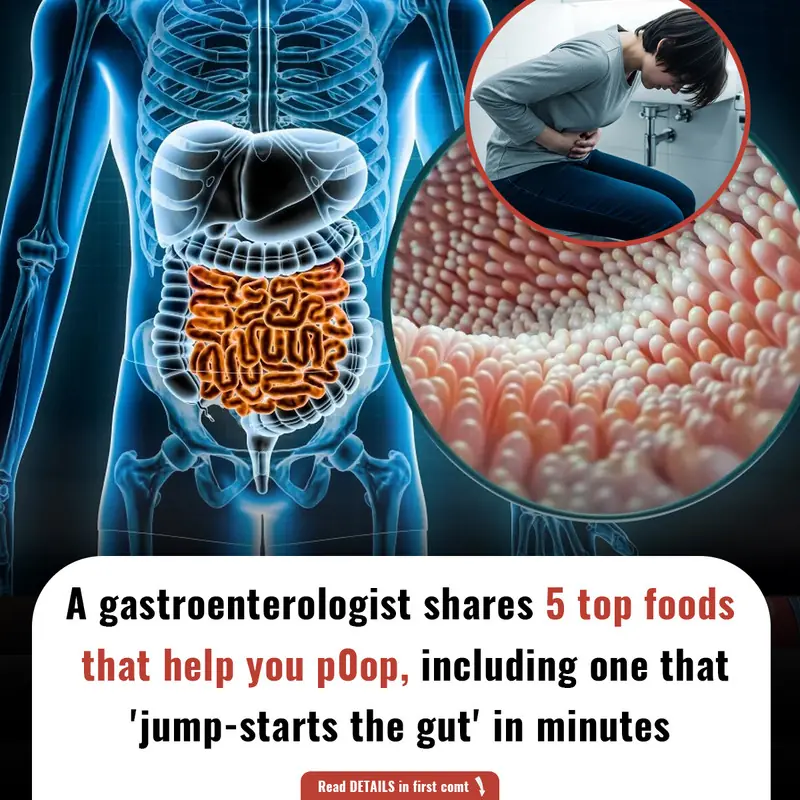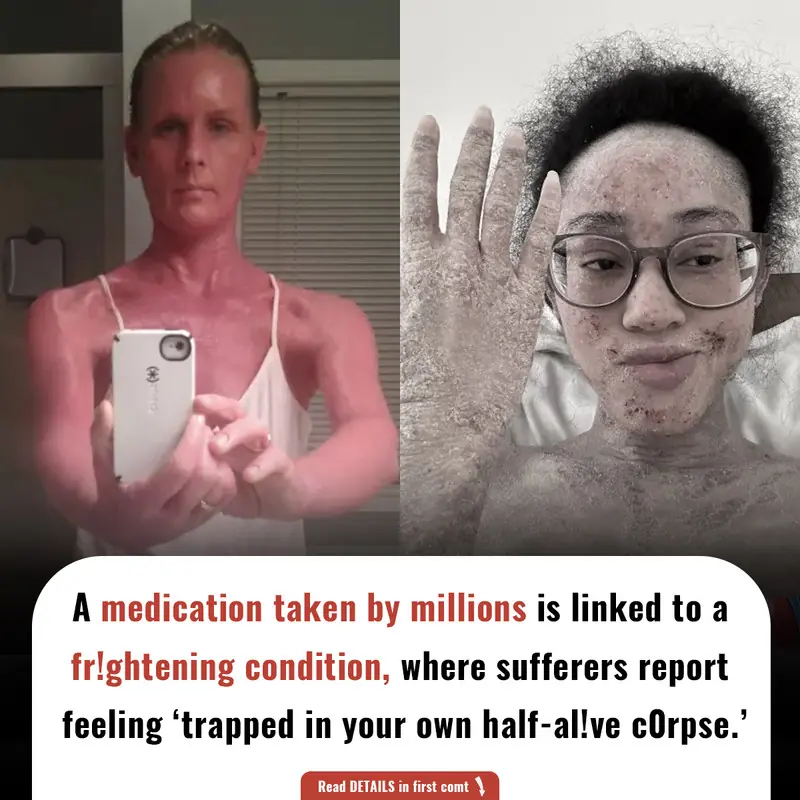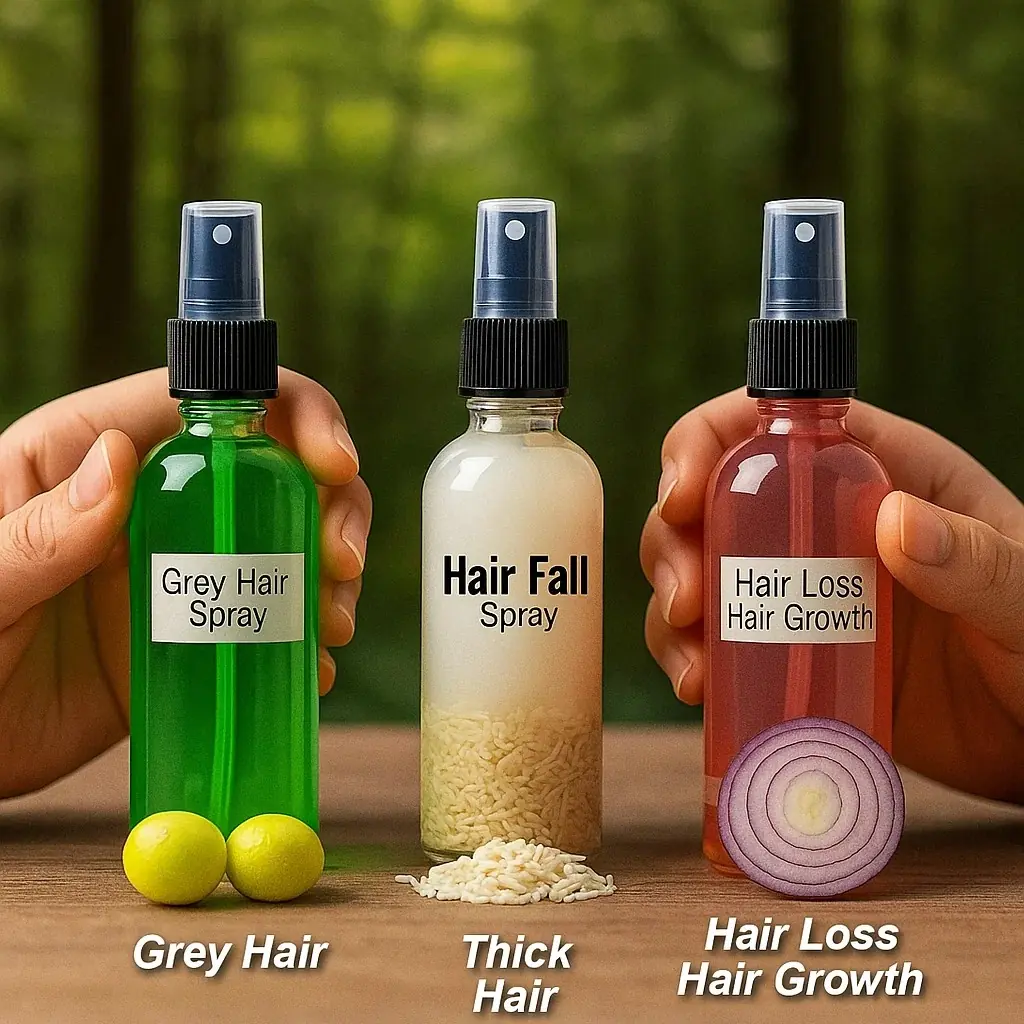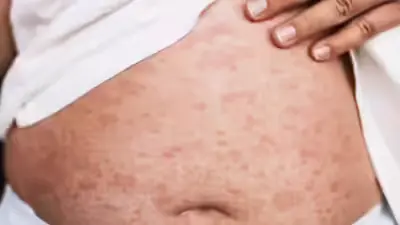
Measles Cases Hit 25-Year High in the US: Symptoms, Causes, and Risk Zones Explained
Measles, a highly contagious viral disease, is currently sweeping across the United States, causing the highest number of cases in 25 years. According to the Centers for Disease Control and Prevention (CDC), as of the latest data, 1,267 confirmed measles cases have been reported across 38 states. The outbreak, which started on July 1, has resulted in hospitalizations, with 155 individuals requiring medical care and three confirmed deaths in New Mexico and Texas. This surge marks the highest number of measles cases in a single year since the United States declared the disease eliminated in 2000. The number of cases reported in 2023 is three times higher than the total for all of 2024, highlighting a worrying trend that needs urgent attention.
What is Measles?
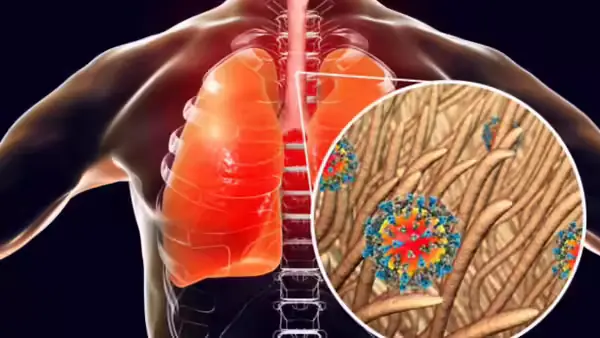
Measles is a viral infection that primarily affects the respiratory system, but it can lead to serious complications affecting the skin, eyes, and other organs. The virus is highly contagious, meaning it can spread rapidly through the air when an infected person coughs or sneezes. Despite being preventable through vaccination, measles still poses a risk, especially in areas with low vaccination coverage.
What Are the Symptoms of Measles?

The symptoms of measles typically appear about 10-12 days after exposure to the virus and can last for several weeks. Common signs and symptoms include:
-
High fever: Often starting a few days after exposure.
-
Cough and runny nose: These respiratory symptoms are common early in the infection.
-
Red, watery eyes (conjunctivitis): Measles often causes sensitivity to light and eye discomfort.
-
Rash: A characteristic rash that usually starts on the face and spreads downward across the body. The rash typically appears 3-5 days after the first symptoms.
-
White spots in the mouth (Koplik spots): These are tiny white spots that appear inside the cheeks and are a telltale sign of measles.
-
Muscle pain and fatigue: These symptoms can accompany the illness and worsen as the infection progresses.
While the symptoms may seem mild at first, measles can lead to severe complications such as pneumonia, encephalitis (brain swelling), and even death, particularly in young children, the elderly, and those with weakened immune systems.
What Are the Risk Zones for Measles Spread?

Measles is highly contagious, and certain regions are at a higher risk for outbreaks due to various factors:
-
Low vaccination rates: Areas with lower immunization coverage are more vulnerable to measles outbreaks. Vaccine refusal or delay, particularly in certain communities, has contributed to the rise in cases.
-
Large public gatherings: Measles can spread quickly in crowded places like schools, daycare centers, and other public venues.
-
International travel: Travelers who visit countries with higher measles rates or returning travelers who are unvaccinated can bring the virus back into the country, spreading it to others.
-
Communities with high vaccine hesitancy: Misinformation about vaccine safety can lead to lower vaccination rates, increasing the potential for outbreaks.
How to Protect Yourself from Measles
The most effective way to protect yourself and your community from measles is through vaccination. The MMR vaccine (measles, mumps, and rubella) is highly effective at preventing the disease. The CDC recommends that children receive two doses of the MMR vaccine, with the first dose at 12-15 months and the second dose at 4-6 years. Adults who have not been vaccinated or who are unsure of their immunization status should consult with a healthcare provider to receive the vaccine.
In addition to vaccination, practicing good hygiene—such as frequent hand washing, covering coughs and sneezes, and staying home when sick—can help reduce the spread of measles.
Conclusion
Measles is a preventable disease, yet the recent surge in cases across the United States serves as a reminder of the importance of vaccination and public health measures. As the country confronts this 25-year high in cases, it is essential to understand the symptoms, risk zones, and preventive measures. Protecting yourself and your community through vaccination is the best defense against this highly contagious virus.
Sources:
-
Centers for Disease Control and Prevention (CDC)
-
National Institute of Allergy and Infectious Diseases (NIAID)
-
World Health Organization (WHO)
